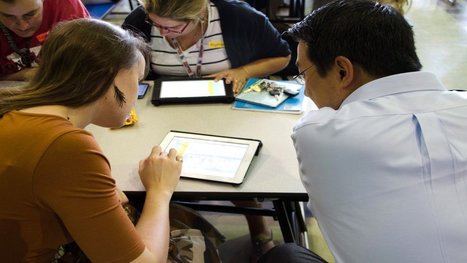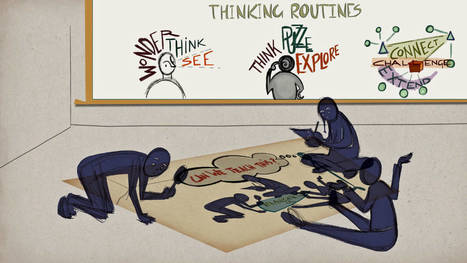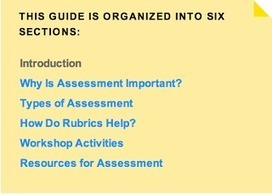Welcome to the Teach-Learn-Lead™ Global Edu-library™ A curated epicenter of K-20 research, and professional development resources. Our mission is to connect you to remarkable people, events, and places along the educational continuum. Teach-Learn-Lead™ was founded in 2014 and dedicated to my heroes and heroines: teachers.



 Your new post is loading...
Your new post is loading...














